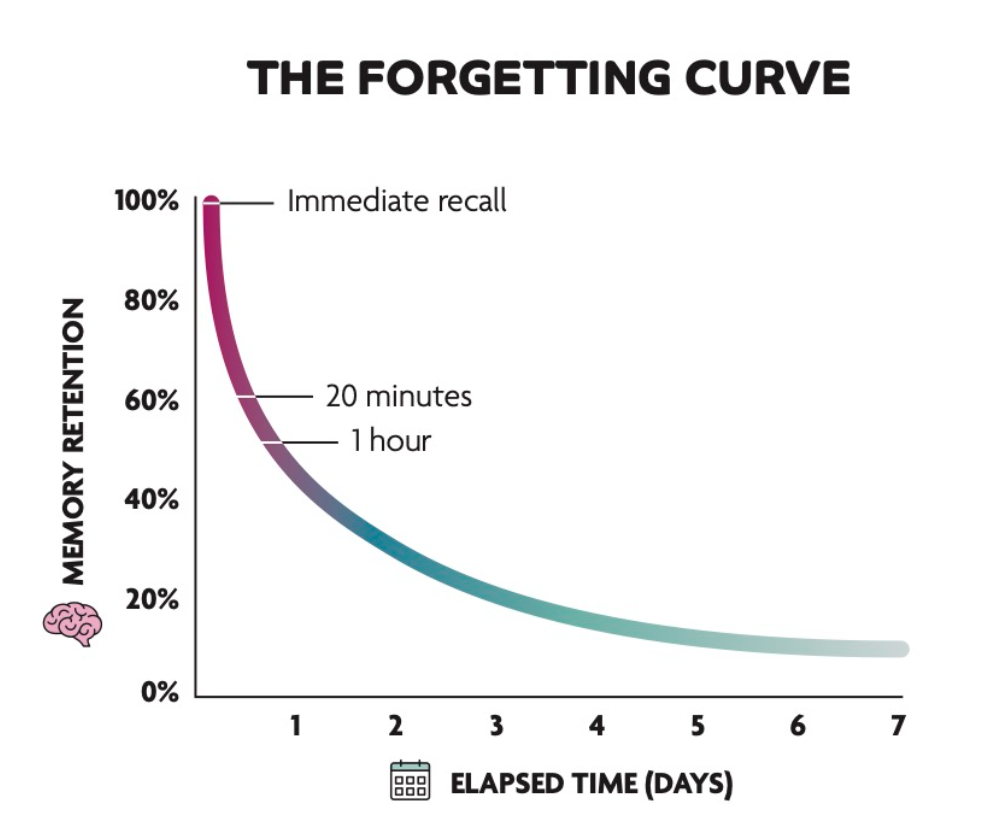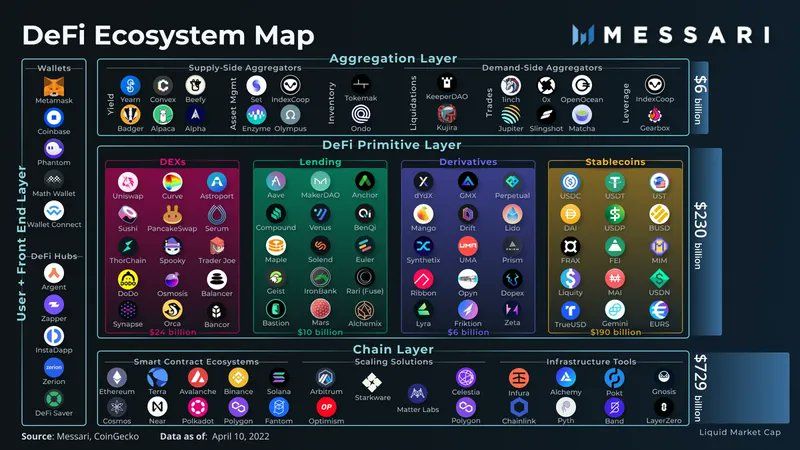A deck of cards is built like the purest of hierarchies, with every card a master to those below it, a lackey to those above it ~ Culbertson
At the core of all communication lies a simple goal: to take root in the human mind. Your message needs to spread like wildfire. It should be so contagious that it infects every person it touches.
But in today's world, we're bombarded with so much information that our minds have become selective. We suffer from an attention deficit disorder that makes us dismiss anything that doesn't match our current state of mind.
Most messages fail to capture our attention.

Mind ladders
To deal with the complexities of life, humans use ranking as a cognitive coping mechanism. By organizing people, objects, and brands into a hierarchy, we are better able to manage information overload. Specifically, we rank things in the form of ladders.
Imagine a ladder in your mind, with each step representing a different brand. Some ladders are long and complex, while others are short and simple. In order for a brand to succeed, it must either displace the brand above it or find a way to connect itself to that brand's position in the mind.

The human mind has a discerning nature. When evaluating information, individuals rely on mental frameworks to determine what to embrace and what to disregard. Specifically, the mind welcomes novel information that aligns with its existing hierarchy of preferences in a particular category. Conversely, it tends to ignore everything else that falls outside this framework.
But is it possible to construct the mind latter for the market yourself?
The answer is yes.
Establish hierarchy
The positioning strategy you use depends on which rung you occupy on the ladder
Where you are on the prospect's ladder in their mind is important, and your market share is directly related to your position on the ladder. Typically, you'll have twice the market share of the brand below you and half the market share of the brand above you.

Prospects tend to have a maximum of seven rungs on their ladder. Ultimately, you want to define the #1, #2, #3, #4, #5 and so on rungs for the market. The goal should be to be as high-up on the ladder as possible and influence the market on how they should rank brands.
Before launching any marketing and communications program, ask: 'where do we stand on the prospect's ladder."
The mindshare drop-off
People forget brands easily, especially when the marketplace is overcrowded.

At the very top of the mind ladder usually sit the top two players in a given market, followed by a distant third. Beyond that third rung, however, lies a precipitous drop-off in market awareness.
It's crucial to understand that the majority of the market's mindshare is occupied by these top three players, leaving little to no room for brands that fall outside that exclusive club. If you want your brand to succeed, you need to find a way to insert it into the conversation that these top players are already having. Only then can you hope to capture a share of the coveted mindspace.
Assert a POV
To sway the market in your brand's favor, you must establish a strong point of view (POV) regarding what matters most in the market. Your POV will act as a framework that the market will use to rank and reposition other players according to your perspective.
It's important to tie your POV to your brand's unique differentiators strategically. Make this POV controversial and provocative. Without a strong POV, your brand will be lost in the crowd. A clear POV is key to building a strong brand that stands out in the market.
Plays
There are a few plays you can run to establish the hierarchy for the market:
A) Contrast. A key idea in building a strong brand is to help the market easily compare and contrast the various options available to them. One effective way to do this is to create a clear and concise table that highlights your brand's unique value proposition and compares it to others in the market.
Avalanche, for instance, used this tactic for years by prominently featuring a comparison table on their website's front page.

B) Associate. Careful consideration is crucial when it comes to aligning your brand with others in your industry. Deliberately select the partners and associations that reflect your desired image and values. Equally important is recognizing the entities you wish to avoid being associated with. Make strategic choices about the company you keep. For example, only sponsor events with brands that you want to be seen with at conferences, or choose to only be on panels with brands that you think are relevant in the category.

C) Exclude. Find ways to exclude competitive brands from the picture. Engage industry experts or analysts who can emphasize the insignificance or unworthiness of portraying competitors on ecosystem maps. By leveraging their expertise and influence, you can effectively position your brand as the superior choice within the industry, leaving competitors overlooked and overshadowed.

Two-car Race
In the long run, every market becomes a two-car race. Over time, most markets tend to be dominated by two main competitors or players. Think Nike vs. Adidas, AWS vs. Azure, or Uber vs. Lyft.

These competitors typically emerge as the primary forces driving the market and capturing the majority of market share. Smaller or weaker players gradually get pushed out or struggle to maintain their presence, resulting in a scenario where two dominant competitors emerge as the main contenders.

